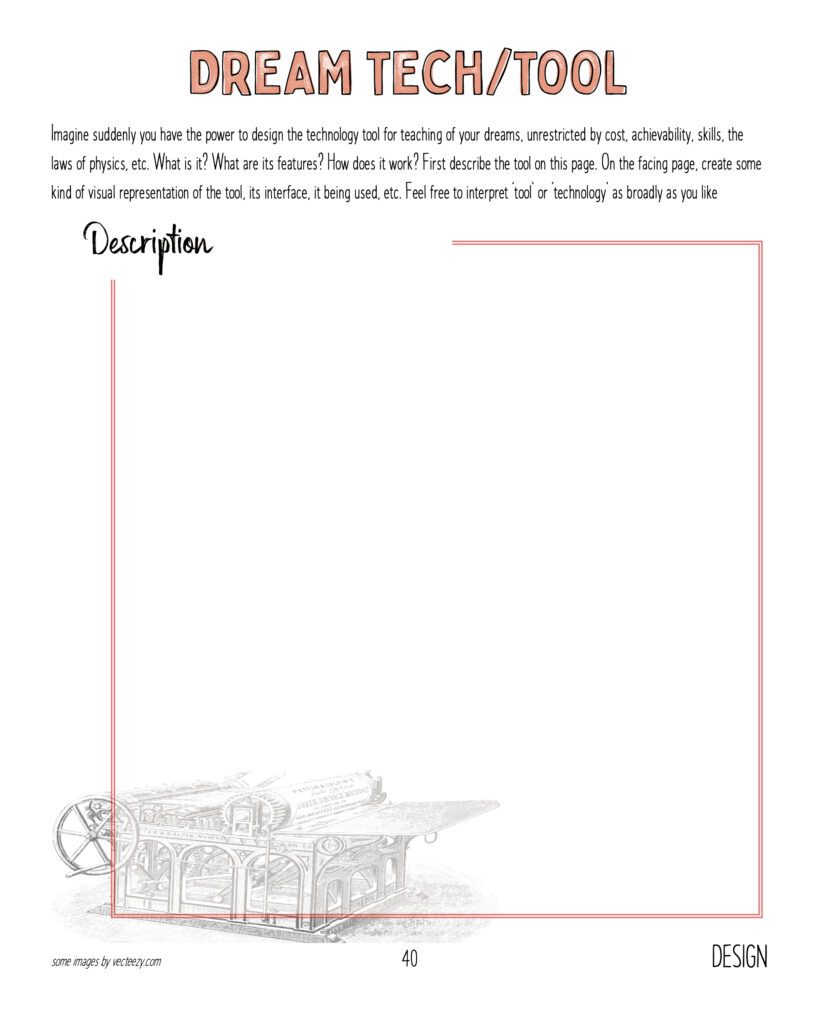

Design Forward
An emergent exploration of critical instructional design.
Design Forward
Portfolio Part: Quick, Easy, Free Human Anatomy Atlas
DREAM TECH TOOL
Quick, Easy, Free Human Anatomy Atlas
Step One
Imagine suddenly you have the power to design the technology tool for teaching of your dreams, unrestricted by cost, achievability, skills, the laws of physics, etc. What is it? What are its features? How does it work? Describe your technology tool in as much detail as possible.
Human Anatomy atlas that is free, easy to access from any device, and does not require logging in. There are several great tools out there (open access anatomy atlas textbooks, apps, etc.). All of these have limitations that you can’t easily access them from all devices, they require login, and/or the limitation of an ebook, quickly locating the chapter / page you’d like. The purpose of an anatomy atlas is to have a quick access guide to the human body. Students often shy away from the tools available because it’s a process to get into the tool and navigate to the desired part of the body. Personally, I’m stuck preferring my trusty physical textbook atlas, but asking students to pay over $100, and keep it accessible, isn’t reasonable or realistic.
Step Two
Next, create some kind of visual representation of the tool, its interface, it being used, etc. Upload your image below.

Step Three
Now, based on the tool that you designed, consider: What instructional problem does it solve? What NEW problems might it present? Who does it include and who does it leave out? What does this tool tell us about you and your values? Consider these questions from the student perspective. What might their response to your dream tool be?
